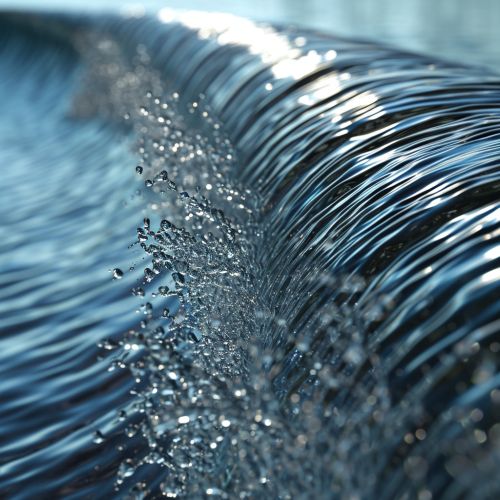Stress wave
Introduction
A stress wave is a type of mechanical wave that propagates through a material medium due to the oscillation of the particles in the medium. It is a fundamental concept in the field of solid mechanics, which deals with the behavior of solid materials under various types of stress. Stress waves play a crucial role in many scientific and engineering applications, including earthquake engineering, non-destructive testing, and material science.


Physics of Stress Waves
Stress waves are a result of the dynamic response of a material to a sudden or rapidly changing load. This load can be due to a variety of factors, such as a sudden impact, a rapid change in temperature, or a rapid deformation of the material. The wave propagates through the material at a speed determined by the material's properties, such as its elastic modulus and density. The wave carries energy and momentum, which can cause deformation and damage in the material.
Wave Propagation
The propagation of stress waves is governed by the wave equation, a second-order partial differential equation that describes the behavior of waves. The wave equation can be derived from the basic principles of Newton's laws of motion and the constitutive relations of the material. The solution to the wave equation gives the displacement of the particles in the material as a function of time and position.
Wave Speed
The speed of a stress wave in a material is given by the square root of the ratio of the material's elastic modulus to its density. This is known as the wave speed or wave velocity. The wave speed is an important parameter in the analysis of stress waves, as it determines how quickly the wave propagates through the material and how much energy it carries.
Wave Reflection and Transmission
When a stress wave encounters a boundary between two different materials, part of the wave is reflected back into the first material, and part of the wave is transmitted into the second material. The reflection and transmission of stress waves are governed by the reflection and transmission coefficients, which depend on the properties of the two materials and the angle of incidence of the wave.
Applications of Stress Waves
Stress waves have a wide range of applications in science and engineering. They are used in earthquake engineering to study the response of structures to seismic waves, in non-destructive testing to detect defects in materials, and in material science to study the mechanical properties of materials.
Earthquake Engineering
In earthquake engineering, stress waves are used to model the propagation of seismic waves through the Earth's crust. The analysis of stress waves helps engineers design buildings and other structures that can withstand the forces generated by earthquakes.
Non-Destructive Testing
In non-destructive testing, stress waves are used to detect defects in materials without causing damage to the material. By analyzing the reflection and transmission of stress waves, engineers can identify cracks, voids, and other defects in the material.
Material Science
In material science, stress waves are used to study the mechanical properties of materials. By measuring the speed of stress waves in a material, scientists can determine the material's elastic modulus and density.
